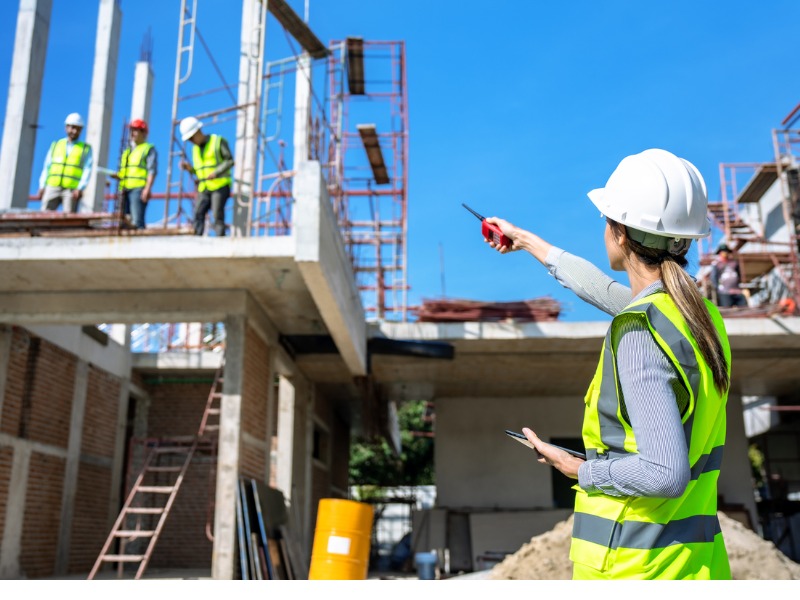20 How to’s for Construction Work Safety
Safety in construction needs to be taken seriously. After all, it is a matter of life and death. To prevent accidents, protect workers, and ensure compliance with regulations, businesses apply different set of practices. This article covers 20 such practices every construction businesses should follow. From proper PPE use to hazard awareness, these construction workplace safety tips will help create accident-free job sites.
Let’s dig in.
How to Conduct a Thorough Safety Inspection Before Starting Construction Work?
Before the beginning of construction-related work, conducting an in-depth site safety inspection is crucial and involves the following key steps:
Site Assessment:
It is important first to examine the site to recognize potential risks such as unstable terrain, utilities, and environmental concerns such as unpredictable weather conditions. This thorough construction site safety assessment will make sure there are no overlooked hazards. This will allow for proper precautions to be taken and ensure a safer working environment.

Review Plans and Permits:
Ensure that the construction plan of action complies with the OSHA safety standards and local jurisdiction regulations. Therefore, double-check that all required permits, such as building and environmental permits, are acquired before starting construction.

Examine Equipment:
All functional equipment, machinery, and tools needed for construction jobs must be thoroughly checked for adequate functioning, safety, and emergency shutdown mechanisms. In addition, it must be ensured that only OSHA-certified individuals operate the equipment.

Hazard Identification:
To understand the aspects of a construction project, all potential hazards and risks, such as falls, permit-required confined spaces, and electrical hazards, must be correctly recognized.

Emergency Preparedness:
It must be verified that essentials like first aid kits, fire extinguishers, emergency exits, and communication systems, as well as emergency contact information, are prominently displayed and accessible to all on construction sites.

PPE Inspection:
Confirm that all workers on the site have proper access to the appropriate personal protective equipment (PPE) and ensure that available equipment is in prime condition.
Scaffold and Fall Protection:
Thoroughly examine scaffolding, fall protection systems, and guardrails to avoid falls from heights and double-check that all elevated work areas are secured.

Safety Signage:
Ensure that appropriate warning signs, hazard labels, and safety instructions and precautions are displayed all across the construction site.

Safety Briefing:
Conduct a pre-work briefing with the workforce to discuss potential hazards, safety measures, and emergency protocols pertinent to the project.

Documentation:
Ensure that appropriate warning signs, hazard labels, and safety instructions and precautions are displayed all across the construction site.
How to Ensure Proper Use and Maintenance of Personal Protective Equipment (PPE)?
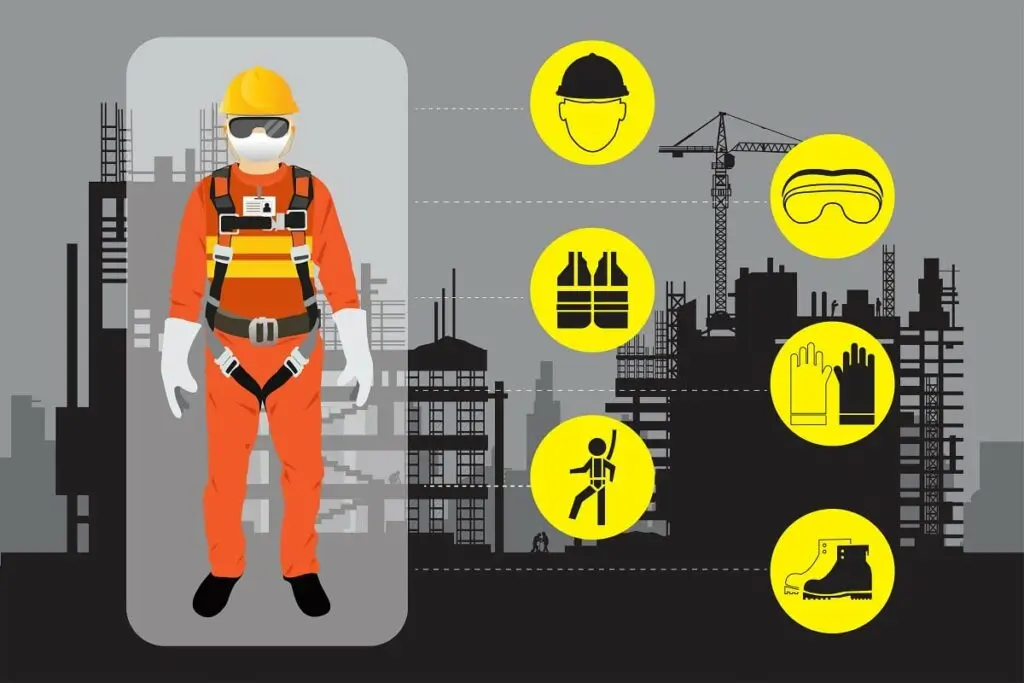
Make sure the appropriate use and maintenance of personal protective equipment (PPE) includes the following steps:
Selection:
It is advised to select the correct PPE based on the potential hazards in the work environment since various tasks may require different types of PPE, such as safety goggles, hearing protection, gloves, and respiratory protection.

Training:
Essential training must be provided to workers on the adequate use, fitting, adjustment, and removal of PPE to equip workers with when and how to wear each personal protective equipment PPE.

Fit Testing:
In case of using specific PPE such as respiratory protection, inspect fit testing to confirm that respirators create an effective seal and deliver protection against airborne substances.

Regular Inspection:
Inspecting PPE for damage, hygiene, wear, and tear regularly can ensure that any worn-out or damaged equipment is replaced to maintain its functionality.

Proper Storage:
To prolong the lifespan of PPE and prevent its degradation, store it in a clean and dry area away from direct sunlight and chemical exposure.
How to Identify and Mitigate Common Construction Site Hazards?
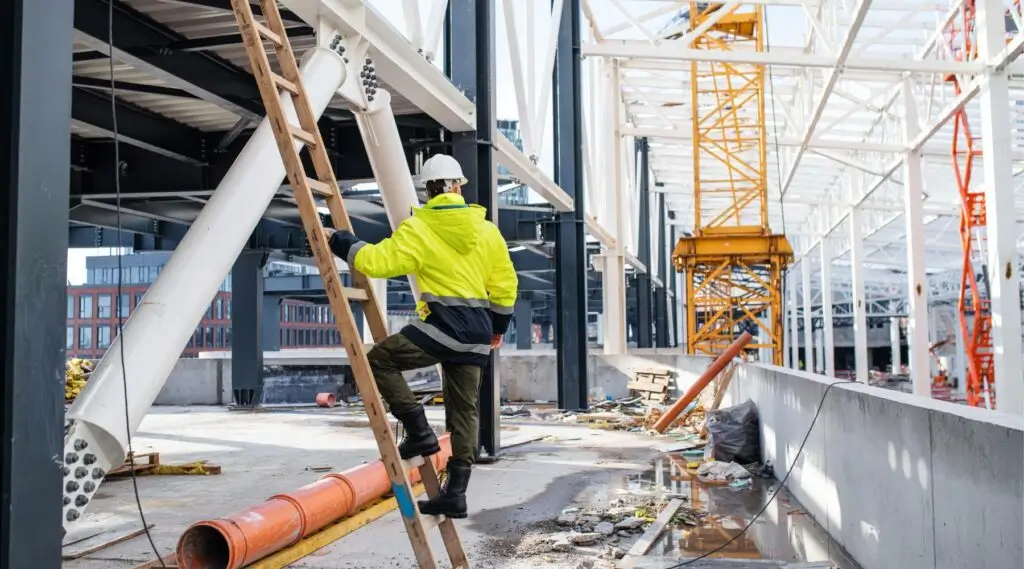
It is crucial to identify and minimize potential hazards through regular inspections that are most commonly present on construction sites by the following approach:
Job Hazard Analysis (JHA):
Conduct an in-depth job hazard analysis for each task before it starts. Recognize potential hazards such as unsecured tools and unsafe equipment, examine associated risks, and create plans to minimize those hazards.

OSHA Safety Training:
Providing online OSHA 10 and OSHA 30-Hour construction training to the workforce will equip them with site safety knowledge, including hazard recognition, personal protective equipment (PPE), and awareness of compliance with OSHA standards to familiarize them with potential risks related to their jobs.

Engineering Controls:
Apply relevant engineering controls to improve the work culture and minimize hazards, such as using ventilation systems to prevent and control dust and fumes.

Emergency Procedures:
Plan clear and effective emergency response procedures for various hazards, including but not limited to fire, chemical spills, and medical emergencies.
How to Promote a Safety Culture Among Construction Workers?
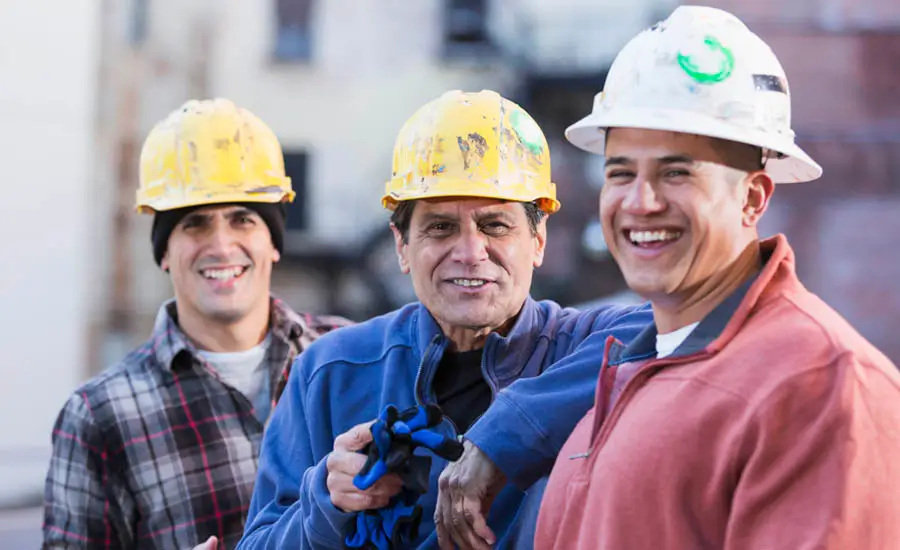
Encouraging a safety culture requires continuing efforts and commitments from all aspects of the workplace:
Lead by Example:
All individuals in high positions should work by setting an example of religiously following safety procedures and displaying a commitment to safety through their actions.

Foster Open Communication:
Communicating about safety concerns motivates workers to report potential hazards and risks without fear of retaliation.
OSHA Construction Training:
Enroll workers in OSHA 10 and 30 construction online training courses relevant to job roles and responsibilities to ensure safe work practices and hazard recognition.

Recognition and Incentives:
Acknowledge and reward individuals with incentives who regularly follow safety protocols and contribute to a healthy work culture since bonuses motivate workers to prioritize safety.

Safety Meetings:
Ensure regular safety meetings are conducted to discuss challenges, success stories, and relevant concerns since these meetings allow workers to contribute to improvements.

Empowerment:
Including the workforce in safety committees and decision-making procedures makes them more likely to own and implement safety practices.
How to Safely Handle and Store Construction Materials and Equipment?
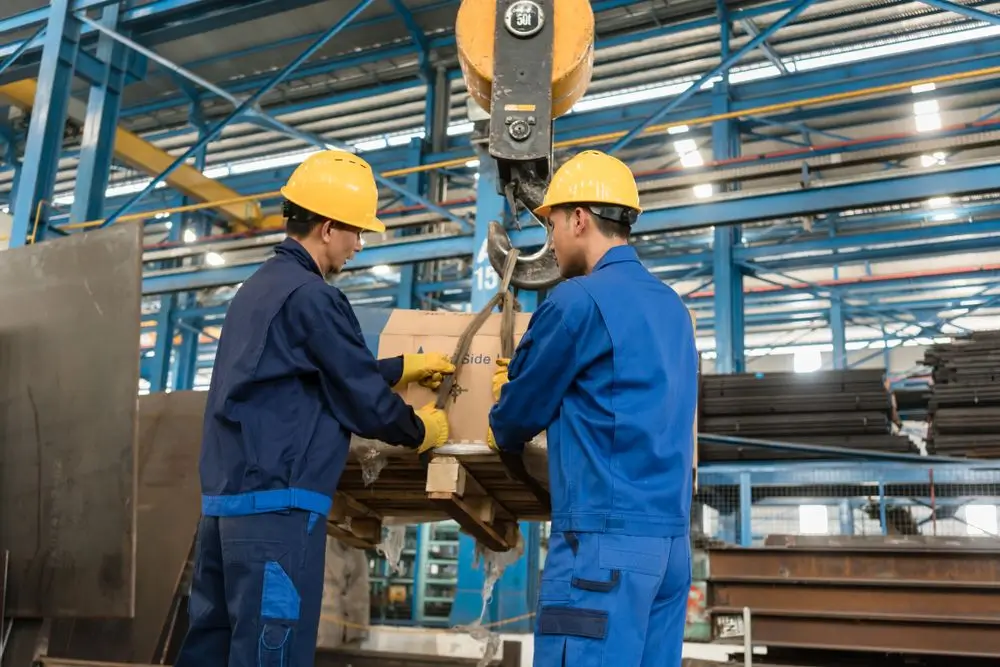
Careful planning and implementation are required to handle and store construction materials and equipment safely:
Appropriate Lifting Techniques:
Workers must be well-trained to apply lifting techniques to avoid strains and accidents. Mechanical aids such as dollies and forklifts for bulky items should be encouraged.

Storage:
Special storage rooms should be designated for construction materials and equipment to be well-organized to prevent tripping hazards and make easy access convenient.

Weight Limits:
Observe and stick to weight limits when stacking items like storage racks.

Secure Loads:
Correctly tighten and secure materials when transferring on-site or off-site to prevent falling or slipping during transport.

Material Handling Equipment:
To cautiously move bulky items such as cranes, hoists, and forklifts, use the correct equipment.
How to Implement Effective Communication Strategies for Construction Site Safety?
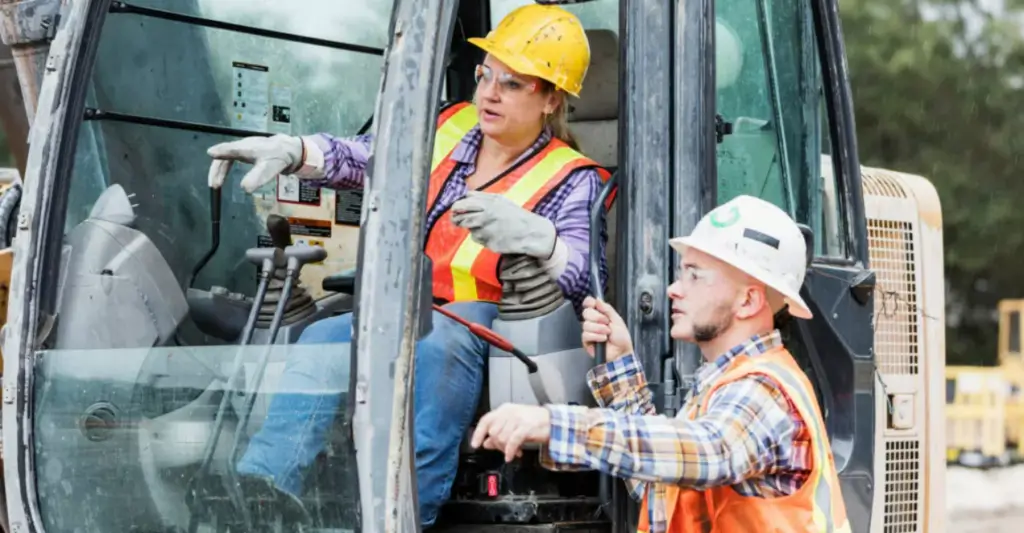
Implementing effective communication strategies to deliver safety information and easily foster a safe work culture.
Clear Instructions:
Deliver clear and accurate instructions to the workforce regarding regular tasks, procedures, and safety measures.

Visual Aids:
Use visual aids that depict relevant illustrations, such as signs and diagrams, to communicate hazards, precautions, and safety instructions.

Toolbox Talks:
Perform regular toolbox talks (short safety meetings) to address specific safety topics, concerns and provide relevant information.

Regular Briefings:
It is crucial to conduct daily briefings to address the work scheduled for the following day, potential hazards, and any changes in work conditions that may impact safety.

Two-Way Communication:
Motivate workers to actively engage in safety discussions and create a channel for workers to report potential risks, seek assistance, and provide feedback.

Multilingual Support:
In the case of having individuals from different ethnic backgrounds who speak in their native languages, provide safety information in languages understood by all.
How to Develop and Execute an Emergency Response Plan for Construction Sites?
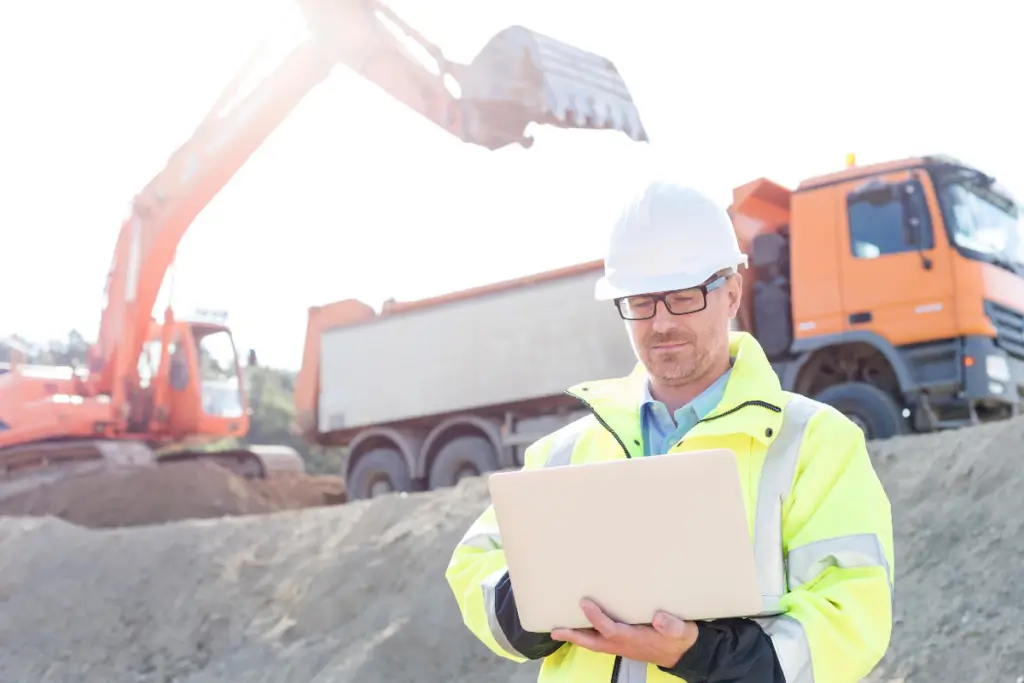
It involves careful planning and mutual coordination to create and enforce an effective emergency response plan:
Risk Assessment:
Recognize potential emergencies during work, such as fire, hazardous material spills, natural disasters, and accidents.

Emergency Procedures:
Plan accurate and detailed procedures for responding to emergencies, such as assembly points, communication measures, and evacuation routes.

First Aid and Medical Care:
Ensure the workplace is equipped with first aid kits and trained individuals to provide medical care immediately.

OSHA Safety Training:
Providing workers with OSHA 10 and OSHA 30-Hour Construction safety training will enable them to execute and follow emergency procedures effectively and enforce a reliable communication network to alert everyone during an emergency.

Drills:
Regularly perform emergency drills to assess the response plan’s effectiveness and ensure employees know how to tackle a real emergency.
How to Prevent Falls and Use Fall Protection Systems in Construction Work?
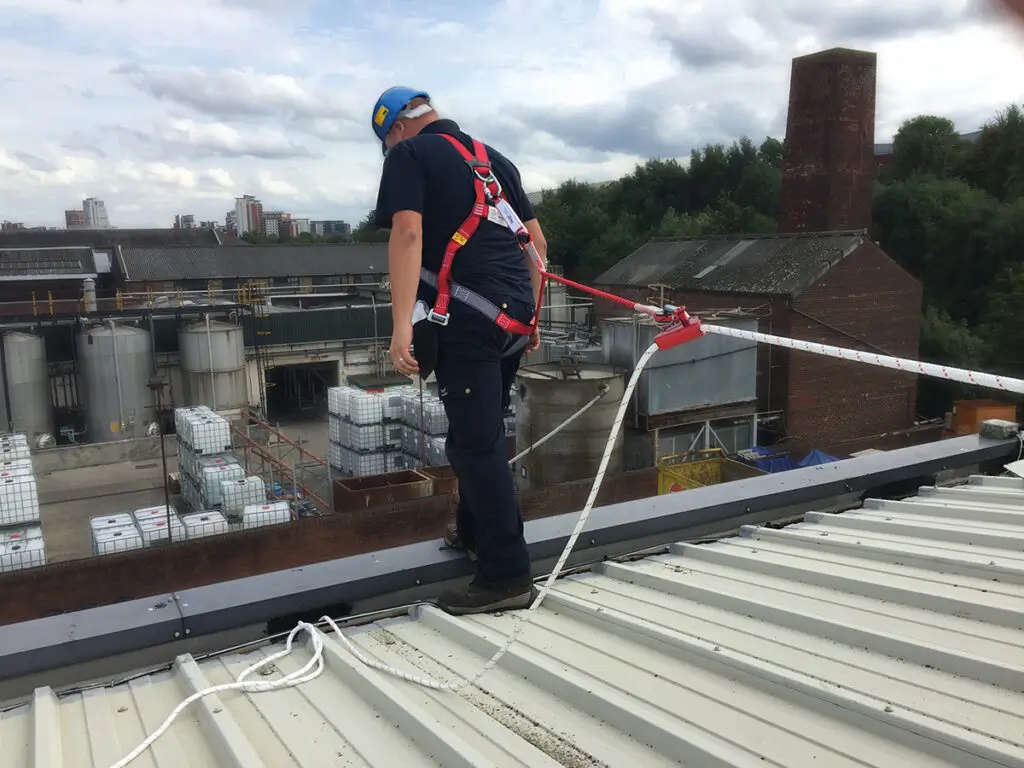
To prevent falls, using fall protection systems to maximum advantage is crucial:
Guardrails and Barriers:
Place guardrails and barriers on elevated spaces such as scaffolds, platforms, and edges to shield workers from accidentally falling or slipping.

Personal Fall Arrest Systems:
Ensure all workers wear personal fall arrest systems (PFAS), such as a full-body harness, lanyard, and an anchor point, when performing jobs at heights.

Safety Nets:
Install safety nets beneath elevated work areas to catch workers and prevent injuries.

Scaffold Safety:
Ensure scaffolding is stable, appropriately erected, and equipped with guardrails and toeboards.

OSHA Safety Training:
Efficiently train workers by providing them with OSHA 10 and OSHA 30-Hour Construction training to enable them to inspect and prevent fall hazards.
How to Manage Electrical Safety on Construction Sites to Prevent Accidents?
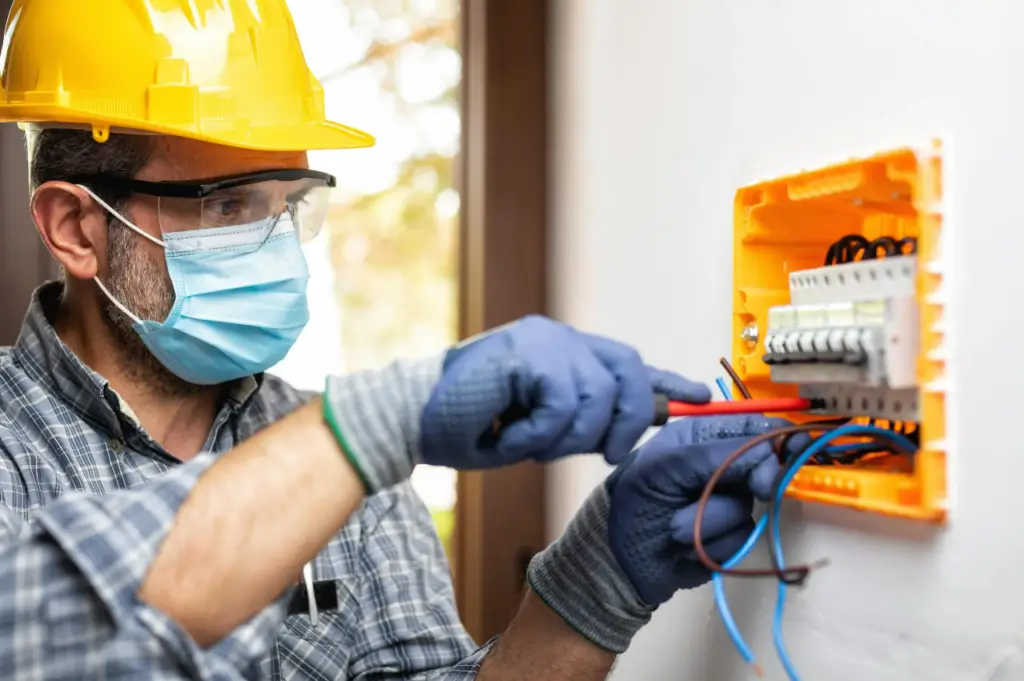
It is essential to manage electrical safety to prevent injuries related to electricity:

Electrical Equipment Inspection:
Inspecting electrical equipment before use is crucial to ensure functionality and that equipment is hazard-free.

Ground Fault Circuit Interrupters (GFCIs):
Installing GFCIs on all electrical outlets prevents electric shock since it automatically shuts off power if a ground fault is detected.

Correct Wiring:
Ensure the wiring is installed correctly, insulated, and grounded to avoid electrical hazards.
How to Safely Operate Heavy Machinery and Equipment in Construction?
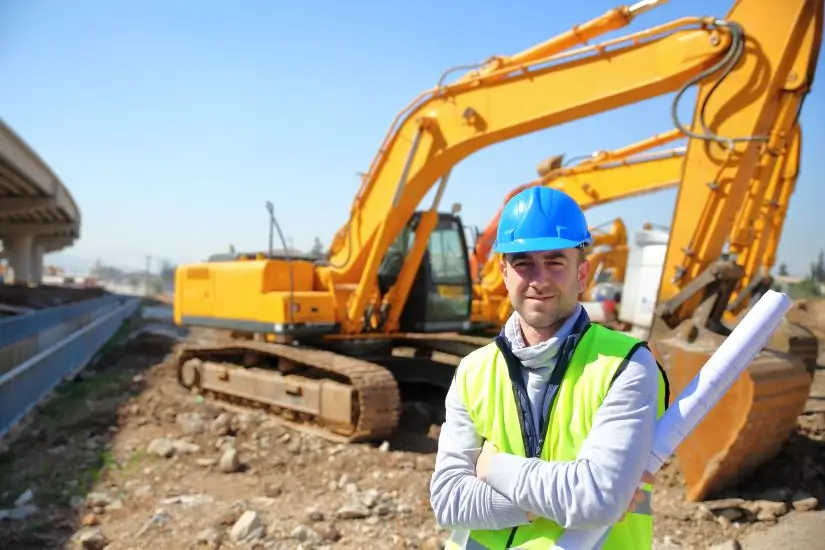
Safely operating heavy machinery and equipment is crucial and requires training, safety precautions, and practices:
Certified Operators:
Ensure operators are OSHA certified and competent to operate heavy equipment and machinery.

Correct Wiring:
Ensure the wiring is installed correctly, insulated, and grounded to avoid electrical hazards.

Maintenance:
Maintain heavy equipment per the manufacturer’s guidance, such as load limits, operational procedures, and speed limits, and address any concerns to avoid breakdowns and injuries.

Communication:
Enforce a clear and effective communication system between machinery operators and ground personnel using hand signals, radios, or other means of communication as required.
How to Address the Risks Associated with Working at Heights in Construction?
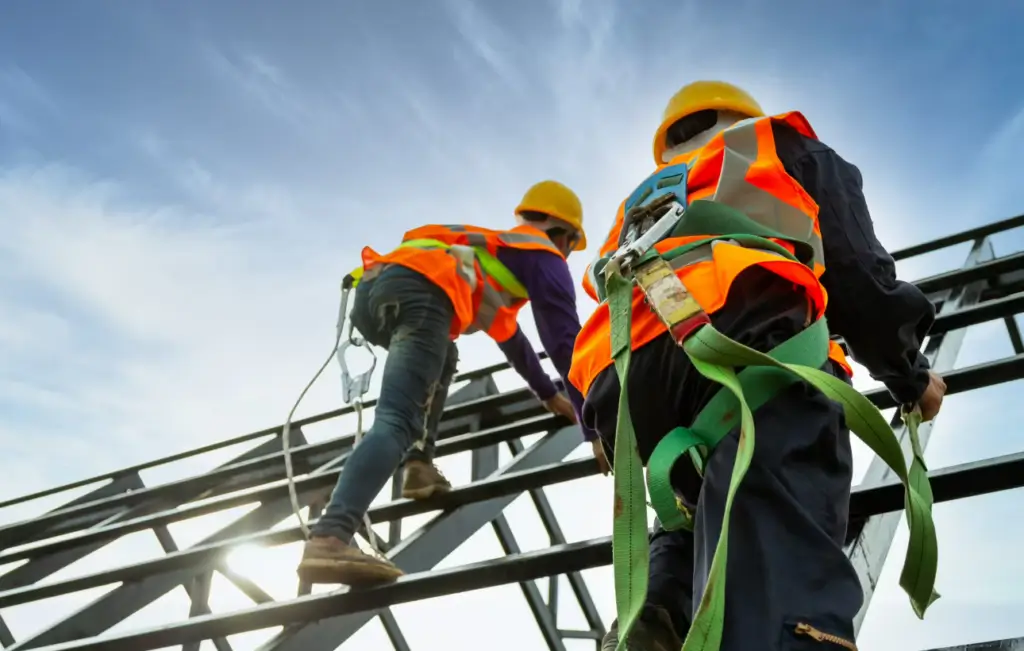
To address concerns related to potential risks and hazards associated with working in areas with elevation, execute appropriate fall protection practices such as placing guardrails along edges and openings, using safety harnesses and lanyards for the workforce, and installing safety nets beneath construction work areas at heights to prevent workers from potential falls which lead to severe injuries or even deaths.
In addition, ensure that scaffolding is correctly erected and used per the standard guidelines. Proper inspection is essential before use, such as providing adequate access points and ensuring platforms are stable and supported with guardrails to avoid falls. Moreover, using suitable equipment such as scissors and aerial lifts for safe access to heights provides a stable and secure working zone, minimizing the likelihood of potential falls.
How to Ensure the Safety of Workers During Excavation and Trenching Work?
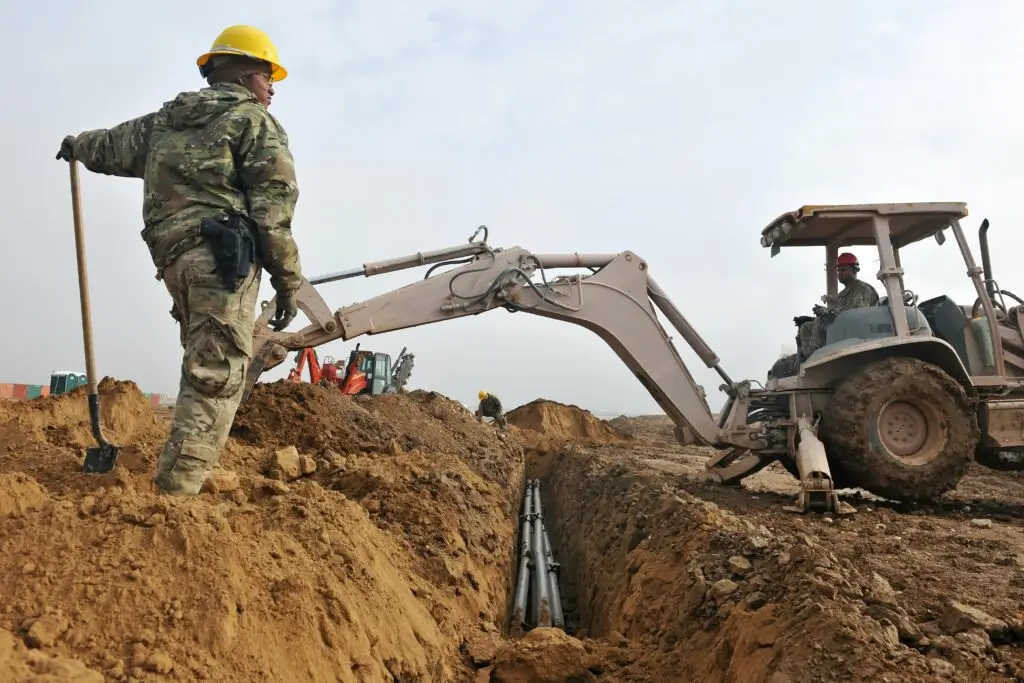
The first step is to perform an in-depth assessment of the soil conditions and potential risks, including soil testing, to estimate stability and the chances of collapse before digging.
Secondly, ensure proper shoring (support structures), sloping (gradual inclines), or trench boxes (protective systems) are used to avoid collapses in excavations and trenches to safeguard workers from cave-ins. In addition, ensure proper safe entry and exit points are provided for personnel in excavations and trenches. Moreover, ladders are secured and installed for convenient access.
Furthermore, atmospheric monitoring during construction work should ensure safety by testing the atmosphere in permit-required confined spaces for toxic gases before allowing entry to workers.
How to Prevent Fire Hazards and Implement Fire Safety Measures on Construction Sites?
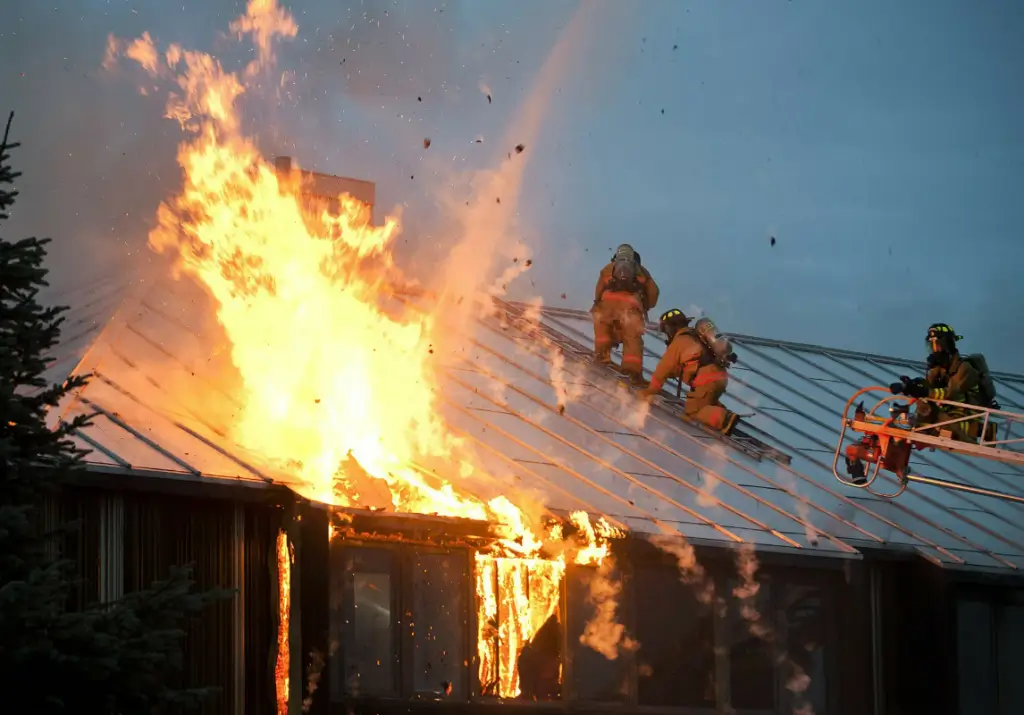
Fire Extinguishers:
Ensure fire extinguishers are installed through strategic planning all across the construction site and adequate training workers to use them appropriately.

Hot Work Permits:
Secure permits for activities involving hot work such as welding, cutting, or grinding and enforce safety measures for performing these operations to avoid sparks and ignition.

Flammable Materials:
Keep them in appropriate storage containers and store them in specific compartments away from ignition sources.

No Smoking Zones:
Designate a proper smoking area and prohibit smoking inside to avoid accidental ignition of flammable materials.

Emergency Response:
Adequate training of workers on fire evacuation measures is essential such as locating emergency exits and assembly points. Perform fire drills to make sure workers are familiar with emergency fire response.
How to Address the Risks of Working with Hazardous Materials in Construction?
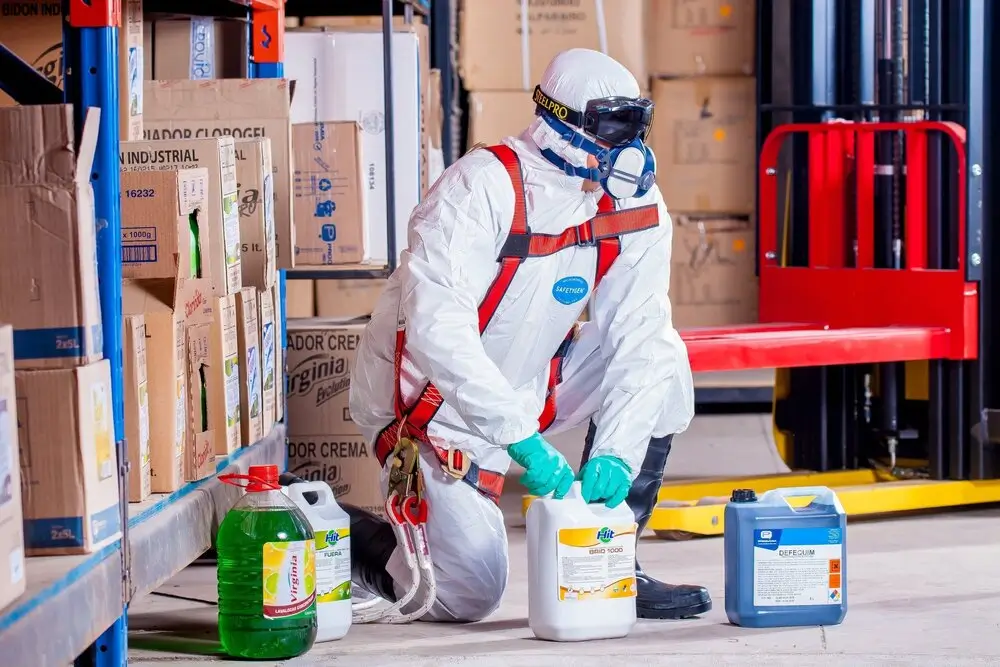
Material Identification:
Ensure that hazardous materials are appropriately marked with hazard symbols and provide Material Safety Data Sheets (MSDS) that describe the material’s properties, potential hazards, and recommended safety practices.

Storage and Handling:
Hazardous materials should be stored in compliance with standards, keeping unstable materials away. Use correct storage containers, cabinets, and ventilation systems to reduce potential safety risks for construction workers.

Personal Protective Equipment (PPE):
Ensure personnel wears the required and suitable PPE, such as safety gloves, safety goggles, respirators, etc, while handling hazardous materials.

Spill Control and Cleanup:
Execute proper spill control measures, such as spill kits containing absorbent materials, and provide adequate training to workers on responding to spills safely.
How to Create and Maintain a Clean and Organized Work Environment for Safety?
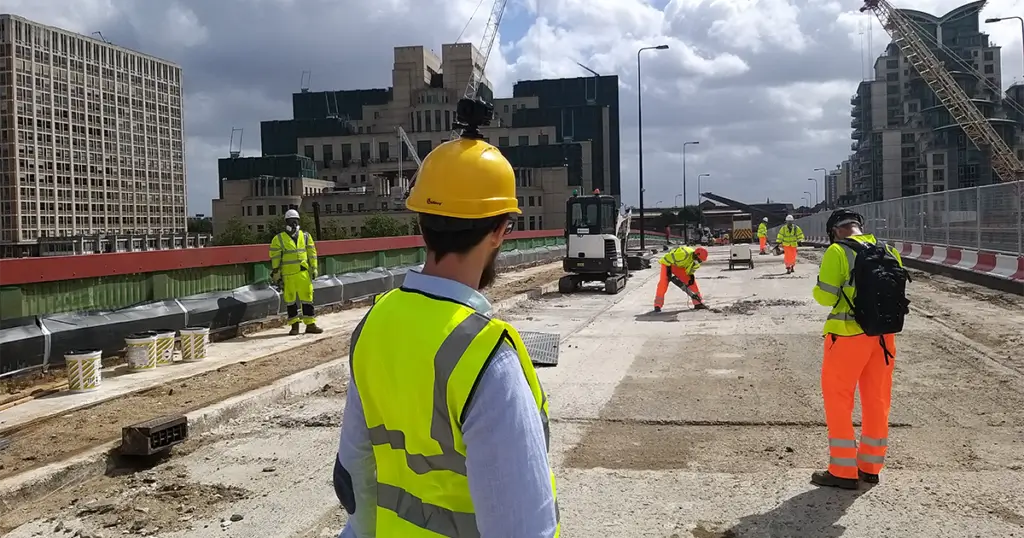
Housekeeping:
Conduct regular cleaning routines to eliminate debris, dust, and other hazardous materials from work surfaces, floors, and walkways to avoid slips, trips, and falls.

Proper Storage:
Designate specific rooms or areas for storing equipment and material to prevent clutter and avoid tripping hazards, often hindering emergency response.

Waste Disposal:
Hazardous waste material should be disposed of per the instructions to prevent environmental threats and unsafe conditions.

Clear Pathways:
Maintain clear walkways for moving workers and transporting materials and equipment to promote efficient circulation.
How to Provide Effective Safety Training to Construction Workers?

Employers who want their workers to be productive when identifying, managing, and preventing potential hazards can apply for OSHA safety training through group enrollment procedures at OSHAOutreachCourses, where you can enroll multiple employees at discounted rates.
You can also follow the given safety practices below:
Regular Training:
Perform regular refresher training to strengthen safety knowledge and measures since it helps keep safety at the forefront of employees’ minds.

Hands-On Learning:
Use practical examples and hands-on activities during training to demonstrate real work scenarios to allow individuals to carry out safety procedures in an authentic environment.

Interactive Methods:
Involve workers in group discussions and real-life scenarios, motivate them to relate experiences, and ask questions about various tasks to develop an in-depth understanding of safety concepts.

Feedback:
By providing a culture where workers feel confident asking questions, giving their feedback, addressing any serious concerns, and clear confusion to make sure proper understanding is delivered.
How to Manage the Risks Associated with Confined Spaces in Construction?
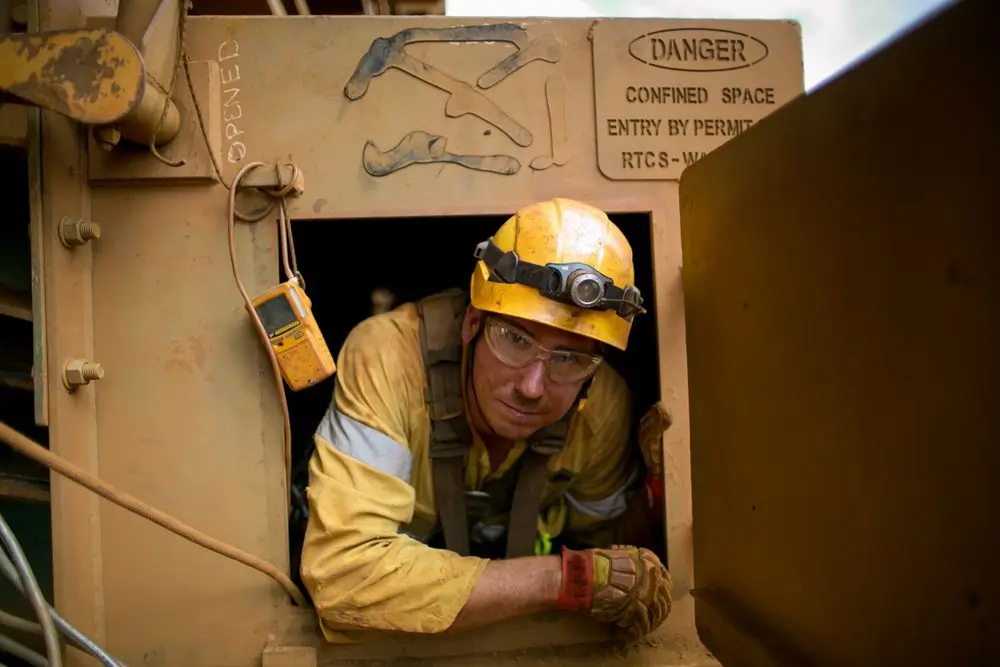
There are several ways to manage potential risks associated with permit required-confined spaces in construction. First, accurately mark and recognize confined spaces all across the construction site and instruct personnel about the potential hazards they might encounter when working in confined spaces.
Secondly, enforce a confined space entry permit system that symbolizes the crucial precautions and procedures for entering confined spaces. In addition, before allowing entry to workers, test the atmosphere for toxic gases and make sure that oxygen levels are optimum.
Besides, isolate energy sources to avoid accidental equipment activation while workers are still inside confined spaces to ensure that equipment cannot be triggered and energized while individuals are still inside. Furthermore, draw out a detailed rescue plan addressing the steps to follow during an emergency within the boundary of a confined space.
How to Promote Ergonomic Practices to Reduce Workplace Injuries in Construction?
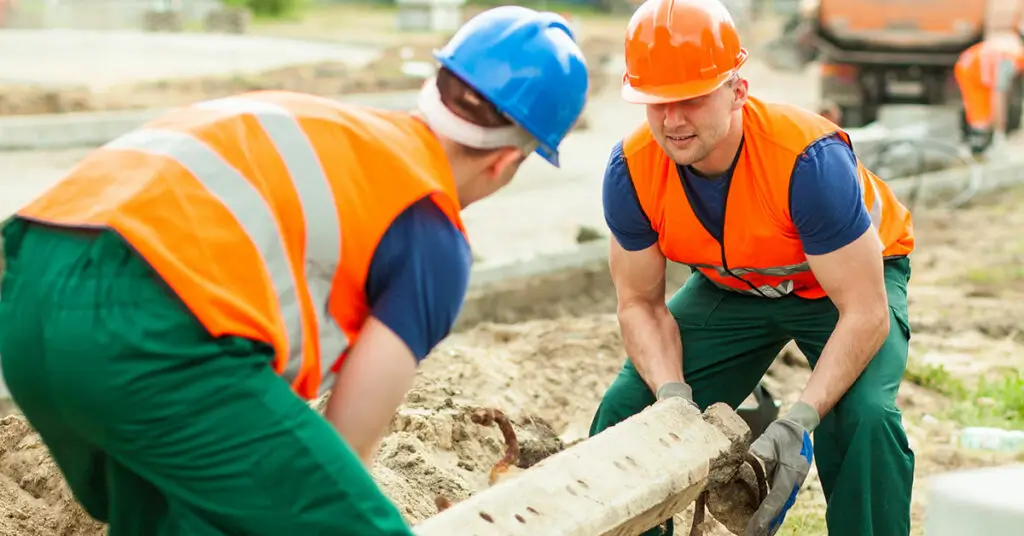
First, assess construction-related tasks for ergonomic risks and adjust various processes and machinery to minimize strain. In addition, provide adequate training to workers on safe lifting techniques, such as using leg muscles and keeping the load nearer to the body to avoid twisting motions.
Provide adjustable workstations and equipment to cater to various body sizes and allow comfortable working positions. Besides, allow regular breaks for workers to rest and stretch, preventing overexertion and musculoskeletal injuries.
Provide OSHA 30-Hour Construction online training to workers, which provides comprehensive training on ergonomic principles, correct body mechanics, and the significance of maintaining neutral postures during job activities.
How to Handle and Respond to Workplace Accidents and Incidents in Construction?
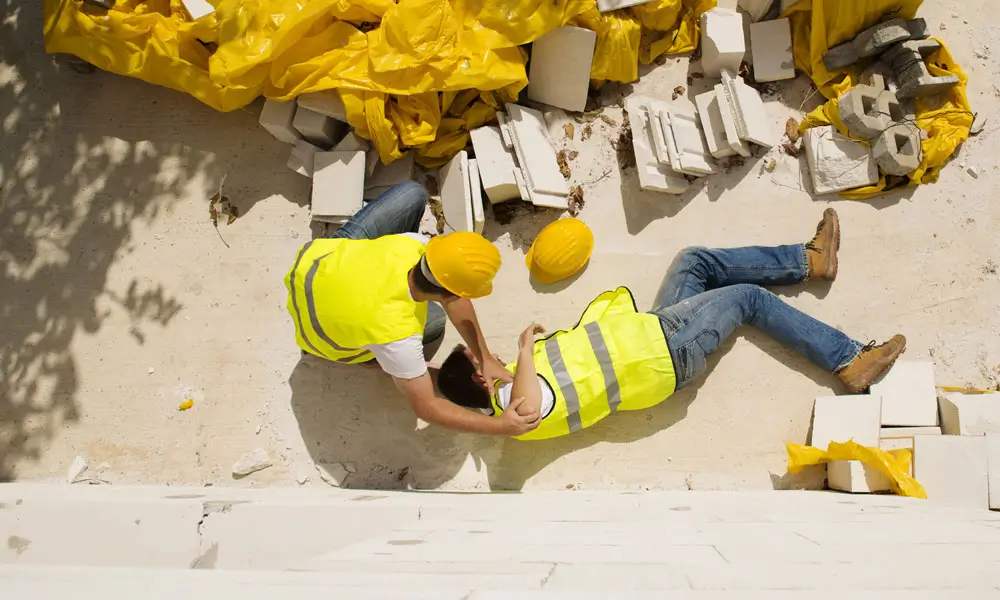
Given below are the measure to follow to handle and respond to workplace accidents and incidents in construction settings:
Immediate Response:
Provide readily available first aid and medical care to injured employees and ensure specially designated and trained personnel are hired to provide first aid and CPR.

Reporting:
Develop a simple procedure for employees to report incidents and promote open communication to confirm that all incidents are documented.

Investigation:
Perform detailed investigations of incidents to recognize root causes and determine what factors contributed to the incident and how similar accidents can be avoided.

Corrective Methods:
Established on the investigation’s findings, enforce corrective actions to address, recognize weaknesses, and avoid recurrence.

Documentation:
Remember to note down the specific details of incidents. Maintain records by proper documentation to track variations, recognize recurring faults, and show compliance with OSHA safety regulations.
How to Stay Updated with the Latest Safety Regulations and Best Practices in Construction Work?
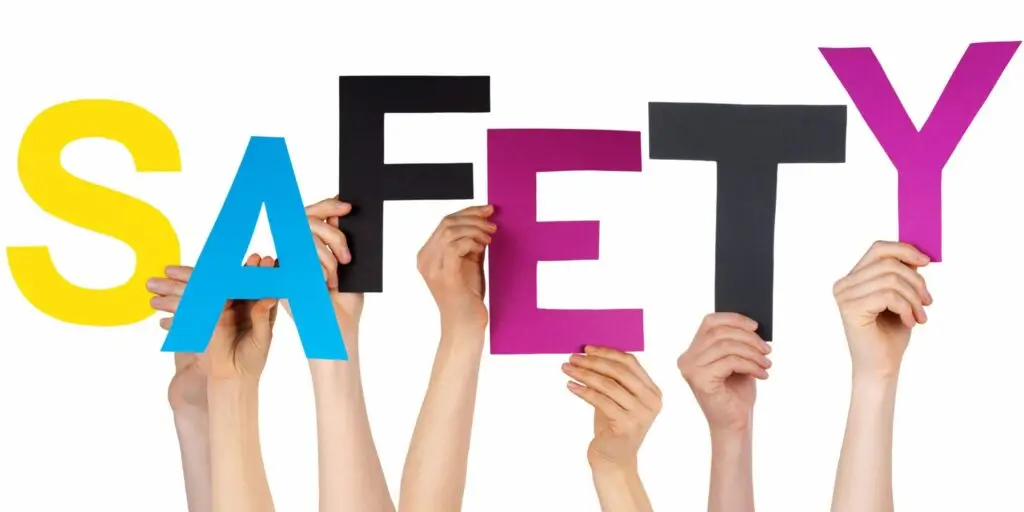
Follow the given measures to stay updated with the latest safety regulations and safety practices in the construction sector:
Government Agencies:
Regularly visit the relevant websites of government agencies, like the Occupational Safety and Health Administration (OSHA), for regular updates to safety regulations, standards, and guidelines.

Industry Associations:
Joining construction industry associations that commonly conduct seminars and conferences on on-site safety can be beneficial as they provide essential safety resources, training, and awareness of best practices.

Consult Experts:
Obtain guidance from safety consultants, experts, or safety professionals who are OSHA construction certified and hold comprehensive experience in the construction sector since they equip individuals with valuable information.

News and Publications:
By subscribing to safety-related publications, Youtube channels, newsletters, and magazines, you will stay updated on on-site safety regulations and evolving trends in construction safety.

Networking:
Engage with fellow workers in the construction workplaces through networking, such as online communities across social media, by exchanging experiences and thoughts since it helps individuals be informed about various safety practices and difficulties.
Conclusion
Some basic construction safety measures lay the foundation for a secure and efficient work site. Implementing these 20 how-to’s empowers teams to mitigate risks and cultivate a proactive safety culture. Ultimately, embracing these practices will help in establishing a more productive, resilient, and sustainable construction environment.
OSHA’s establishment was a crucial turning point. Statistics on occupational safety show how successful these policies and inspections have been, and their influence has been substantial. Despite a significant growth in the workforce, there has been a roughly 66% decline in workplace deaths since 1970. Injuries and illnesses that do not result in death have decreased by about 70%.

